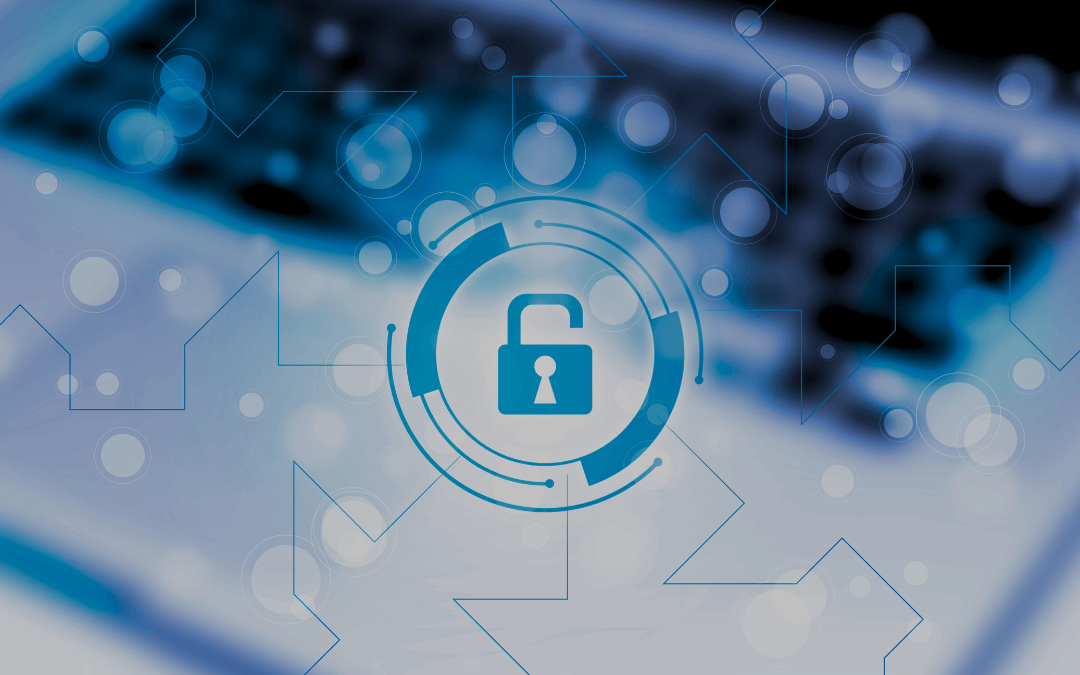In a stark warning for Linux users, two critical Linux escalation exploits, identified as CVE-2025-6018 and CVE-2025-6019, were uncovered on June 18, 2025, threatening major Linux distributions with the potential for attackers to gain full root privileges. Discovered by the Qualys Threat Research Unit (TRU), these local privilege escalation (LPE) vulnerabilities allow attackers with local access to compromise entire systems. With proof-of-concept exploits already developed and the widespread use of affected components, these Linux escalation exploits pose a severe threat to Linux-based servers, workstations, and even IoT devices. Immediate action is essential to protect systems from unauthorized access and mitigate the risk of catastrophic breaches.
Addressing the Linux Escalation Exploits
CVE-2025-6018: Pluggable Authentication Modules (PAM) Flaw
CVE-2025-6018 targets the Pluggable Authentication Modules (PAM) configuration in openSUSE Leap 15 and SUSE Linux Enterprise 15. PAM is a critical authentication framework used by Linux systems to manage user access. The vulnerability arises from a misconfiguration that allows an unprivileged local attacker to manipulate the PAM stack, elevating their account to “allow_active” user status. This status grants enhanced permissions, serving as a stepping stone to further privilege escalation. By exploiting this flaw, attackers can bypass standard authentication controls, gaining access to sensitive system resources.
The Qualys TRU demonstrated that this vulnerability can be exploited with minimal technical expertise, making it particularly dangerous. An attacker with local access—such as a compromised user account or a malicious insider—can leverage CVE-2025-6018 to gain elevated privileges, setting the stage for more devastating attacks when chained with other exploits.
CVE-2025-6019: libblockdev and udisks Daemon Exploit
CVE-2025-6019 is even more alarming due to its widespread impact. This vulnerability resides in libblockdev, a library used for managing block devices, and is exploitable through the udisks daemon, a default component in most Linux distributions, including Ubuntu, Debian, Fedora, and openSUSE. The udisks daemon facilitates storage device management, such as mounting drives, and runs with elevated privileges. By exploiting a flaw in libblockdev, attackers can manipulate udisks to execute arbitrary code with root-level access.
The Qualys TRU developed a proof-of-concept exploit that demonstrates how an unprivileged user can trigger this vulnerability to gain full root access. The simplicity of the exploit, combined with the ubiquity of udisks, amplifies the risk. Any system running an unpatched version of libblockdev or udisks is a potential target, from enterprise servers to personal laptops and IoT devices like smart cameras or network-attached storage (NAS) systems.
Chaining the Exploits for Maximum Impact
What makes these vulnerabilities particularly dangerous is their potential to be chained together. An attacker can first exploit CVE-2025-6018 to gain elevated user privileges via the PAM misconfiguration. From there, they can leverage CVE-2025-6019 to manipulate udisks and achieve full root access. This chained exploit requires minimal effort and can be executed by attackers with basic knowledge, making it a prime target for both opportunistic hackers and advanced persistent threats (APTs).
Once root access is obtained, attackers can perform a range of malicious activities, including:
- Data Theft: Exfiltrating sensitive data such as user credentials, financial records, or intellectual property.
- System Compromise: Installing persistent malware, such as rootkits, to maintain long-term access.
- Network Propagation: Using the compromised system as a pivot point to attack other devices on the network.
- Ransomware Deployment: Encrypting critical files and demanding payment for decryption.
The widespread deployment of Linux in enterprise environments, cloud infrastructure, and IoT ecosystems means the fallout from these Linux escalation exploits could be catastrophic if not addressed promptly.
The Growing Threat of Local Privilege Escalation
Local privilege escalation vulnerabilities like CVE-2025-6018 and CVE-2025-6019 are a growing concern in the cybersecurity landscape. According to the 2024 Verizon Data Breach Investigations Report, privilege escalation is a key tactic in over 30% of data breaches, often serving as the bridge between initial access and full system compromise. Linux systems, which power 80% of the world’s servers and a significant portion of IoT devices, are prime targets due to their critical role in infrastructure.
The discovery of these Linux escalation exploits follows a pattern of increasing attacks on Linux systems. In 2024, exploits targeting Linux kernel flaws and misconfigured services rose by 25%, driven by the growing adoption of Linux in cloud and edge computing. The ubiquity of udisks—installed by default on most Linux distributions—makes CVE-2025-6019 particularly concerning, as it provides a broad attack surface for cybercriminals.
Why Immediate Patching Is Critical
The Qualys TRU’s proof-of-concept exploits highlight the ease with which these Linux escalation exploits can be weaponized. Unlike remote exploits, which require network access, LPE vulnerabilities only need local access, which can be obtained through phishing, social engineering, or compromised credentials. Once an attacker gains a foothold, the path to root access is alarmingly straightforward.
Major Linux distributions, including Ubuntu, Debian, Fedora, and openSUSE, have already begun releasing patches to address CVE-2025-6018 and CVE-2025-6019. However, the effectiveness of these patches depends on timely deployment. Many organizations and individuals delay updates due to operational constraints or lack of awareness, leaving systems vulnerable. The rapid publication of exploit code in the wild—often within days of a vulnerability disclosure—means the window for mitigation is narrow.
Actionable Steps to Protect Your Linux Systems
To safeguard against these critical Linux escalation exploits, system administrators, developers, and businesses must act swiftly. Here are six actionable steps to mitigate the risks posed by CVE-2025-6018 and CVE-2025-6019:
Engage Cybersecurity Experts: Partner with cybersecurity professionals to conduct vulnerability assessments and penetration testing. Regular audits can identify misconfigurations before they are exploited.
Apply Patches Immediately: Check for and install the latest updates for your Linux distribution, focusing on PAM configurations and libblockdev/udisks packages. Use package managers like apt, yum, or zypper to ensure all components are up to date.
Restrict Local Access: Limit user accounts to the minimum necessary privileges. Disable unnecessary local accounts and enforce strong password policies to reduce the risk of unauthorized access.
Monitor System Activity: Deploy tools like auditd or Sysdig to monitor for suspicious activity, such as unauthorized privilege changes or unexpected udisks behavior. Set up alerts for anomalies in system logs.
Harden PAM Configurations: Review and secure PAM settings, especially on openSUSE and SUSE systems. Ensure that only trusted modules are loaded and that configurations prevent unauthorized privilege escalation.
Implement Least Privilege: Configure udisks and other daemons to run with minimal privileges. Use tools like AppArmor or SELinux to restrict the actions of potentially vulnerable services.
Stay proactive about your system’s security! Immediately apply the latest patches for your Linux distribution to mitigate these critical vulnerabilities. For more cybersecurity insights and updates, subscribe to our blog and follow us on social media to keep your systems secure. Click here to read more.

